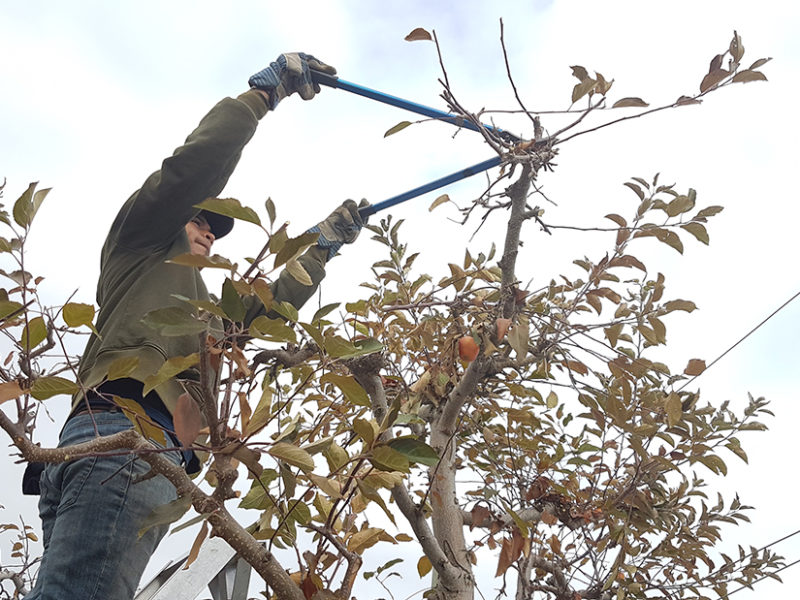A national survey by Farm Credit Canada this spring found that 23% of the 115 respondents in BC experienced a farm safety incident in the past year. This was slightly less than the national average of 24%.
But the survey also found that 78% of BC respondents say that work proceeds safely most of the time. An equal proportion of producers is highly motivated to improve their safety performance.
“Awareness is usually the first step toward taking preventative action,” Marcel Hacault, executive director of the Canadian Agriculture Safety Association, said in a statement accompanying the results. “It’s not only obvious dangers that pose risk. There are often hidden hazards that can harm you, an employee or a family member.”
While 76% felt the safety plans they had in place were effective at reducing risk, just 18% of farmers in BC have a written safety plan. (This is above the national average of 14%.)
The majority, at 67%, did not have a written farm safety plan. Many make the recognition of hazards a top priority in farm safety, however. In BC, the top hazard is machinery (80%) followed by what’s simply known as “impact” (76%).
Approximately 64% identify hazards, 62% communicate health and safety responsibilities to staff, and 55% orient workers to the hazards that exist.
Unfortunately, less than half of producers in BC without a written safety plan have procedures in place to mitigate hazards.
The findings underscore the need – hammered home at repeated workshops and seminars – to have written plans in place for critical aspects of farm management, from finance to safety.
The top source of farm safety information for BC farmers is AgSafe BC, with 41% saying it informs what they do. To assist farmers develop written plans, AgSafe BC has an extensive online library of farm safety publications, tools and checklists. Its staff, who are funded in part through WorksafeBC premiums, are available to help assess and mitigate on-farm safety hazards.


 BC turkey farmers chip in
BC turkey farmers chip in